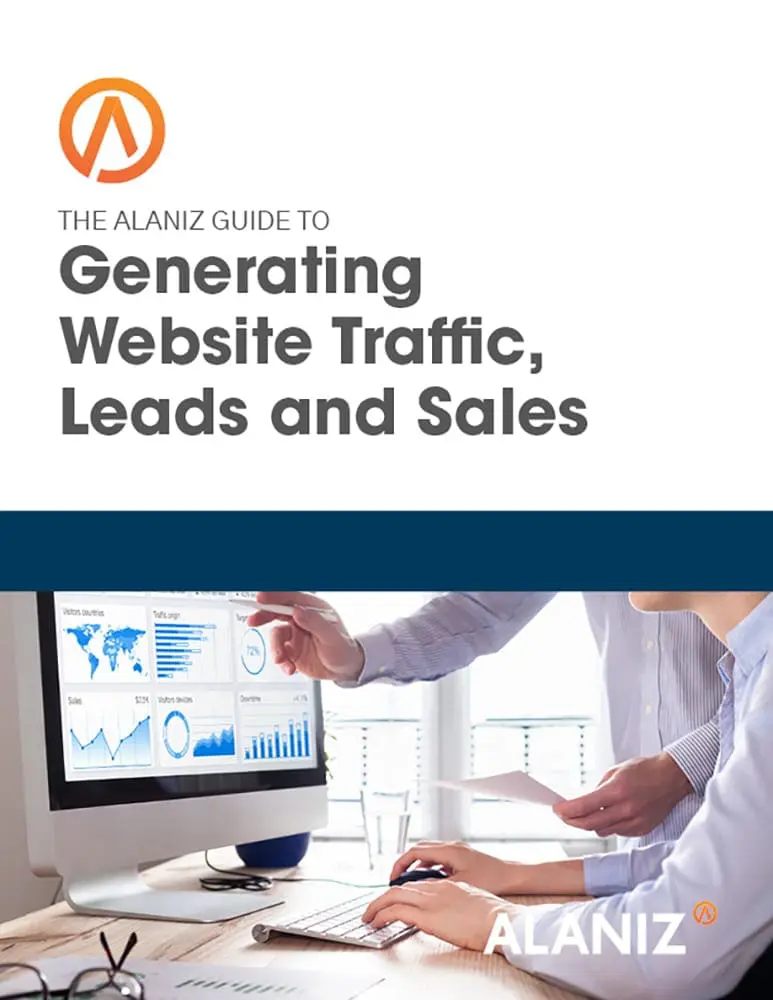I can’t tell you how many times a client has told us, “We have some guy doing SEO for us, but it’s really expensive and I don’t really know what he does.” Another version of the same experience: “He sends me all these charts and graphs every month with his invoice, but I have no idea what any of it means.”
Sound familiar?
I’m not sure how the “SEO guy” got his name, but he doesn’t have a very good reputation. It probably isn’t very hard to convince businesses that they need help increasing their search engine rankings. Most executives know that search results are important, but few understand how search engines work, or how to manage the intricacies of keyword research to optimize web pages for maximum content impact. But there appears to be a disconnect between SEO consultants and their customers, because in my experience marketing executives have a hard time perceiving SEO as a high value service.
The purpose of search engine optimization is to drive traffic to a website. You want to rank high when people are searching for your type of product and service, and you want to have compelling titles and descriptions so that searchers will click on your link. If SEO is done well, you get high rankings and lots of visits.
But then what happens?
Unfortunately, for the SEO guy, the value ends there. Because what happens after someone clicks on a link is actually much more important to business owners and marketing executives. Is traffic leading to leads? Are leads converting to sales?
What SEO doesn’t account for is whether a website has the right content and mechanisms to help visitors self-qualify and opt-in to the sales funnel. Let’s say someone is searching for a contract manufacturer for an implantable medical device, and they click on a link that says “Best Medical Device Contract Manufacturer,” what happens next? Do they go to the company’s homepage, with no direction about how to learn more about the topic they just selected? Is there an obvious next step–for example an offer that says “Download our white paper on best practices for selecting a medical device contract manufacturer?” If someone provided their contact information in order to download that resource, would that be qualified lead?
SEO can help tackle some of the quantitative aspects of inbound marketing–ranking keywords, developing content based on search engine rules and algorithms, and increasing rankings and traffic. But SEO doesn’t touch the qualitative aspects of inbound–understanding who your ideal customer is, what kind of problems they have, and how they articulate their problems. It is really important to tailor your content to reach the segment of your target audience you are best able to help. Developing content that is very specifically targeted to the subset of the market where your solution is most helpful is the key to turning web visitors into qualified leads and leads into customers.
Usually, the businesses that are frustrated with the SEO guy are doing a few things that can negate the value good SEO brings. First, the pages they work so hard to rank have no call to action. Sending someone to a generic web page is like dropping someone off in front of a mall. They might be able to find what they need there, but how? It is much more helpful to the visitor and to your business to link to a landing page related to the search terms they just used, with a call to action that allows the visitor to indicate if he or she wants to learn more. This will help visitors quickly understand what you offer around that search term, which in turn will help visitors quickly determine if your solution is relevant to their business.
Many businesses make it unnecessarily difficult for people to ask for more information. Even if you don’t have a call to action ready, you can put a “contact us” button on every page. If people have to search for a way to contact you and, when they find it, explain what they are looking for in a blank message pane, they will likely give up. You’re asking them to do all the work. It is much more helpful make calls to action that are super easy to click on, and to respond to.
Marketing automation platform maker, Hubspot recommends putting a call to action on every page of a website, with different offers for different stages in the buyer’s journey–informational offers for those early in the research process, offers that compare solutions for those who know they need a solution but aren’t sure which one is right for them, and then “how to choose” offers for buyers that are ready to make a purchase. The idea is that by the offer people respond to, you have an understanding of the level of qualification of the prospect and you can respond accordingly.
SEO can be scary. No one likes paying for a service for which they don’t see measurable impact in the metrics that are most important to most businesses: sales. SEO can also be extremely valuable when it is connected to an inbound marketing framework designed to attract your ideal customers, build trust with them by delivering high quality, targeted content, and nurturing them through the sales process with a sequence of offers and follow up activities.
You can also check our premium B2B SEO services to accelerate your traffic, leads, and sales.




